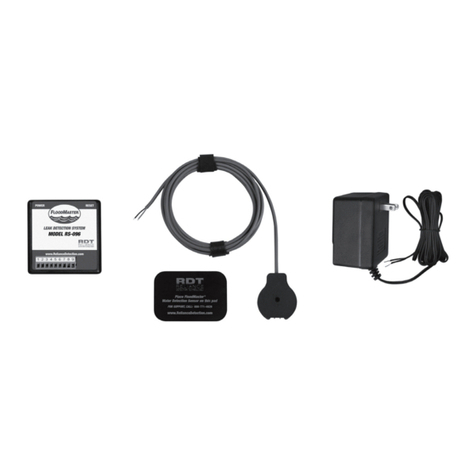10
Entering Cell Phone Numbers
512-555-1234
#1 1)New 2)Del ▼
This screen permits five cell phone numbers
to be entered, changed or deleted. In the
event of an alarm, all the numbers are sent a
text message alarm.
Change Cell Phone Numbers
Contact2 dly ▼
The two dry contacts frequently monitor
freezer and refrigerator doors and alarm if
the door is left open for a certain time. If
the value is set to zero, there is no delay.
A submenu function enables the contacts
operation.
Set Contacts 1 and 2 Delay Time
Contact1 dly 0 ▲
1) Change
The value is minutes until an alarm is
activated. These devices frequently monitor
refrigerator doors and alarm if the door is left
open for a long time. If set to zero, there is
no delay. A submenu function enables the
contacts operation.
Adjusting Delay Time (minutes)
Contact1 dly 0
Setting Contact On/Off Alarms and Delay
Select numbers 1-5
Send Test Message
Send Test Message Be sure to send a test message to every
phone number entered.
The on/off contact sensing is set up in the sub-menu. See page 5 for more info on setting
those. However, the delay time before sending an alarm is set on this page.




























